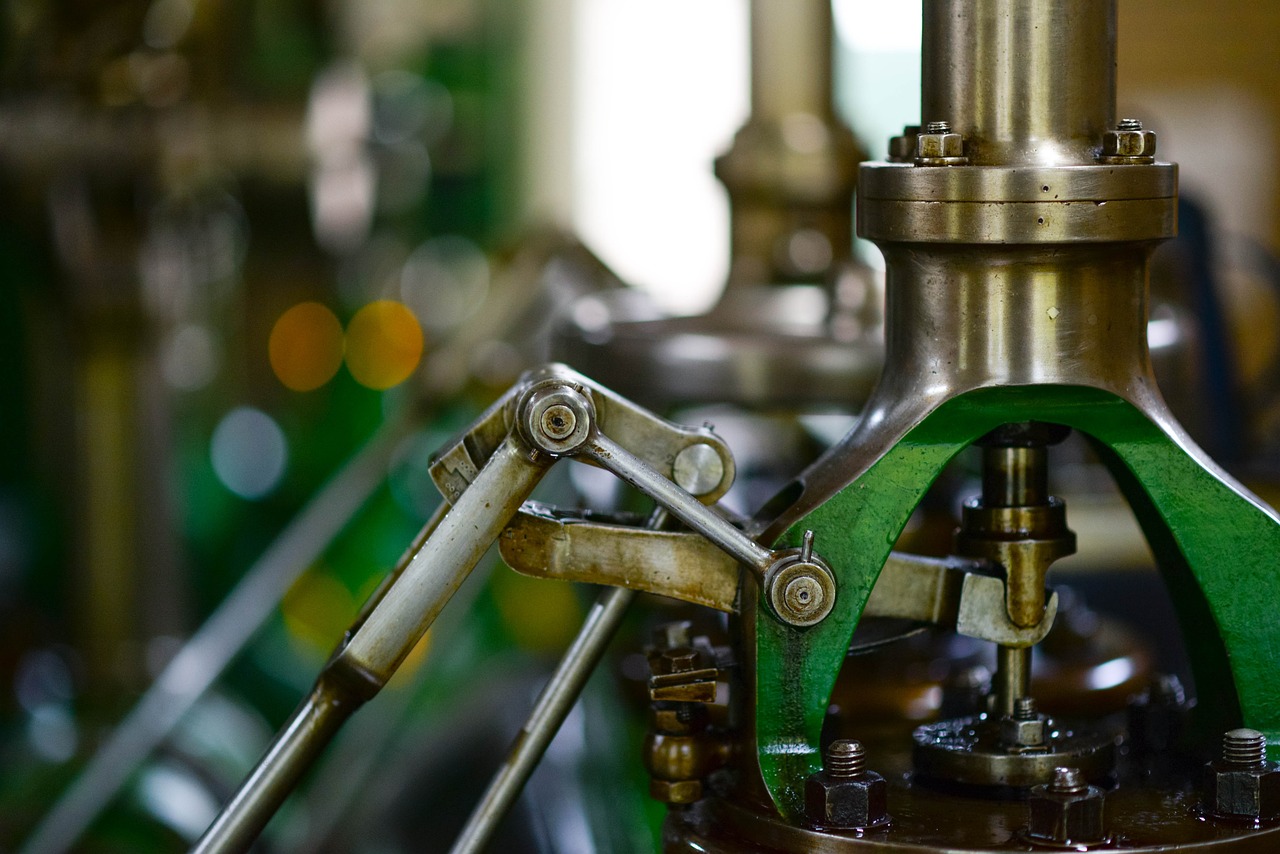Elevating Efficiency: Exploring the Mechanics and Applications of Hydraulic Lifts

Hydraulic lifts stand as quintessential examples of engineering marvels, revolutionizing the way heavy loads are lifted and moved in various industries. From automotive repair shops to construction sites and warehouses, hydraulic lifts play a vital role in enhancing productivity, safety, and efficiency. In this comprehensive exploration, we delve into the mechanics, applications, and significance of hydraulic lifts, alongside highlighting the crucial role of hydraulic honed tube suppliers in ensuring the reliability and performance of hydraulic lift systems.
Understanding Hydraulic Lifts
Hydraulic lifts, also known as hydraulic elevators or hydraulic platforms, are lifting devices powered by hydraulic fluid pressure to raise and lower heavy objects or materials. These lifts utilize the principle of Pascal’s law, which states that pressure exerted at any point in a confined fluid is transmitted uniformly in all directions. By harnessing hydraulic pressure, hydraulic lifts generate the force necessary to lift loads vertically or horizontally with precision and control.
Key Components of Hydraulic Lifts
Hydraulic lifts consist of several key components that work together to facilitate lifting operations:
1. Hydraulic Cylinder: The hydraulic cylinder is the primary actuator responsible for generating lifting force. It consists of a cylindrical barrel, piston, and rod assembly. When hydraulic fluid is pressurized and directed into the cylinder, it pushes the piston upward, exerting force on the load attached to the lifting platform or carriage.
2. Hydraulic Pump: The hydraulic pump is responsible for pressurizing and circulating hydraulic fluid within the lift system. It converts mechanical power, typically provided by an electric motor or internal combustion engine, into hydraulic pressure. The pump draws hydraulic fluid from a reservoir and delivers it to the hydraulic cylinder through hydraulic hoses or tubing.
3. Control Valves: Control valves regulate the flow and direction of hydraulic fluid within the lift system. Directional control valves determine the direction of piston movement (upward or downward), while pressure control valves maintain hydraulic pressure within specified limits, ensuring safe and stable lifting operations.
4. Hydraulic Fluid Reservoir: The hydraulic fluid reservoir stores hydraulic fluid and provides a supply for the hydraulic pump. It also serves as a heat exchanger, dissipating heat generated during hydraulic operation to prevent fluid overheating and degradation.
5. Safety Devices: Hydraulic lifts are equipped with safety devices and mechanisms to prevent accidents and ensure operator safety. These may include pressure relief valves, emergency stop buttons, limit switches, and overload protection systems.
Working Principle of Hydraulic Lifts
The operation of hydraulic lifts follows a simple yet effective principle:
1. Lifting Phase: During the lifting phase, hydraulic fluid is pressurized by the hydraulic pump and directed into the hydraulic cylinder. The pressurized fluid pushes the piston upward, raising the lifting platform or carriage along with the load attached to it. As the piston moves upward, the volume of the hydraulic cylinder increases, displacing fluid from the cylinder into the hydraulic reservoir.
2. Lowering Phase: During the lowering phase, hydraulic fluid is released from the hydraulic cylinder, allowing the piston to descend under the influence of gravity or controlled hydraulic pressure. Directional control valves reverse the flow of hydraulic fluid, directing it back into the hydraulic reservoir. The lowering speed and control can be adjusted using pressure control valves to ensure smooth and precise descent of the load.
Applications of Hydraulic Lifts
Hydraulic lifts find applications across a diverse range of industries and sectors, including:
1. Automotive Repair and Maintenance: Hydraulic lifts are commonly used in automotive repair shops, garages, and service centers for vehicle inspection, maintenance, and repair tasks. They provide mechanics and technicians with convenient access to the underside of vehicles, facilitating tasks such as oil changes, tire replacements, and brake repairs.
2. Material Handling and Logistics: Hydraulic lifts are employed in warehouses, distribution centers, and manufacturing facilities for lifting and transporting heavy materials, pallets, and goods. They enable efficient loading and unloading of trucks, stacking of inventory, and assembly line operations, enhancing productivity and workflow efficiency.
3. Construction and Building Maintenance: Hydraulic lifts are utilized in construction sites and building maintenance projects for lifting personnel, equipment, and materials to elevated work areas. They enable safe and efficient access to scaffolding, roofs, facades, and building exteriors, facilitating tasks such as painting, cleaning, and installation.
4. Agriculture and Farming: Hydraulic lifts find applications in agricultural settings for lifting and positioning equipment, machinery, and agricultural produce. They are used in farm equipment such as tractor loaders, front-end loaders, and forklifts to handle bales, feed, and other agricultural materials with ease and precision.
Role of Hydraulic Honed Tube Suppliers
Hydraulic honed tube suppliers play a crucial role in ensuring the reliability, performance, and longevity of hydraulic lift systems. Honed tubes are precision-engineered components used in hydraulic cylinders to provide smooth, low-friction surfaces for piston movement. Hydraulic honed tube suppliers manufacture and supply high-quality honed tubes made from durable materials such as steel or stainless steel, with precise dimensions and surface finishes tailored to the requirements of hydraulic lift applications. By supplying honed tubes that meet stringent quality standards and specifications, hydraulic honed tube suppliers contribute to the efficiency, safety, and reliability of hydraulic lift systems in various industries and sectors.
Conclusion
Hydraulic lifts represent a cornerstone of modern engineering, offering versatile and efficient lifting solutions for a wide range of applications. From automotive repair and material handling to construction and agriculture, hydraulic lifts play a vital role in enhancing productivity, safety, and operational efficiency across diverse industries. As advancements in hydraulic technology continue to evolve, alongside the contributions of hydraulic honed tube suppliers in providing essential components, the future of hydraulic lifts remains bright, promising continued innovation and advancements in lifting capabilities and performance.

